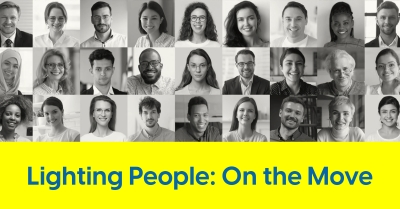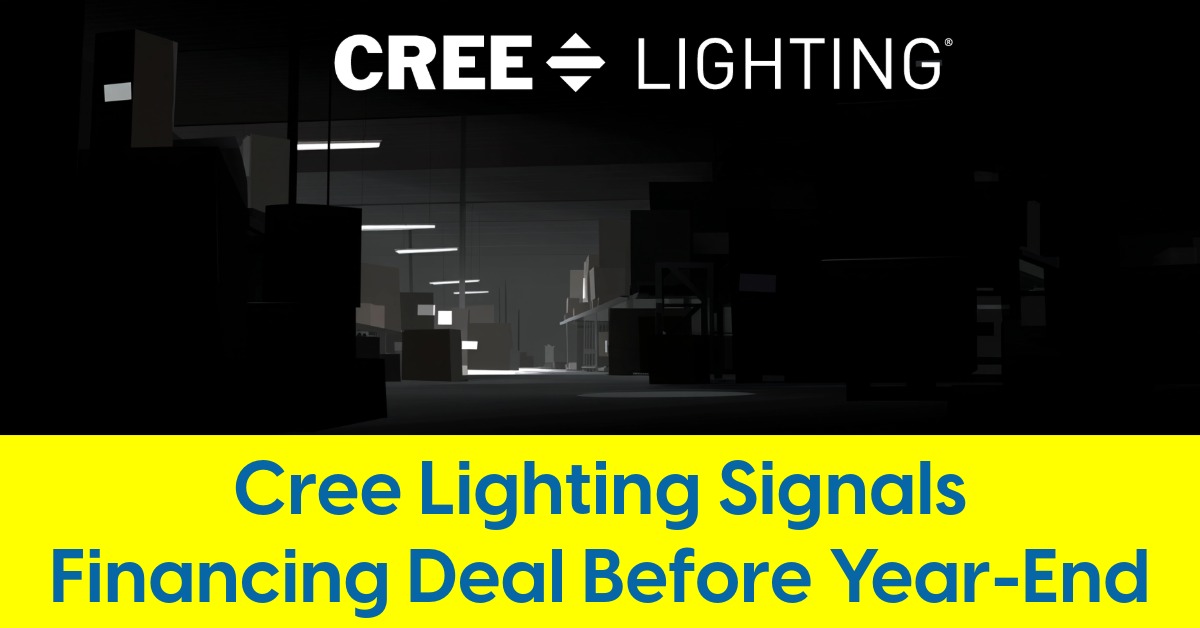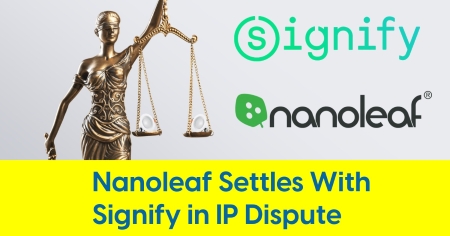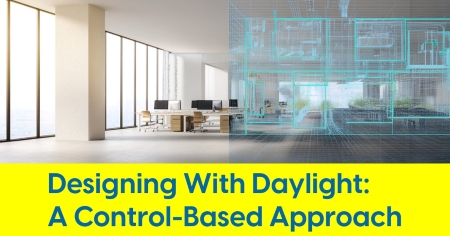March 8, 2025
5 Things to Know: March 8

650+ Lighting People mingle in Detroit. Plus, a struggling company pursues a $228K clawback from a distributor.
Here's a roundup of some of the week's happenings curated to help lighting people stay informed.
1. Detroit IES Product Show Still Shines
The Detroit IES Product Show has always been a staple of the local lighting industry, drawing a tight-knit crowd of architects, designers, engineers, distributors, and — unusually for an IES event — a strong showing of contractors. This year was no exception. On Tuesday, more than 650 attendees and over 100 exhibitors filled the new venue in historic Livonia, Laurel Manor, after the unexpected closure of longtime host Burton Manor. The consensus? A smooth transition.
Attendees navigated a ballroom packed with lighting products — some more practical than others. “A lot of these products are too fancy for what I do,” admitted Paul Waug, an electrical contractor from Farmington, “but it’s great to see what’s out there and connect with people.” Beyond the product displays, the night featured an extensive door prize raffle, CEU seminars, a taco bar, carving stations, and an impressive dessert spread that included custom Detroit IES cookies.
Detroit’s lighting community has long been one of the most engaged in the country. To our knowledge, it’s also the only one with its own Hall of Fame, honoring Michiganders who’ve helped shape the lighting industry. This event reinforced that reputation. High energy, strong turnout, and a mix of familiar faces and new connections — it’s clear why this remains one of the strongest local IES events in the country.
2 . Capital Clawback: Bankrupt Contractor Targets Capital Electric
Capital Lighting & Supply, better known as Capital Electric, is a major distributor of electrical supplies serving contractors and businesses across the Mid-Atlantic. Now, it's caught in the middle of a legal dispute as part of a bankruptcy case involving MSS, Inc., a contractor specializing in commercial and residential electrical work in North and South Carolina.
A new filing in U.S. Bankruptcy Court for the Eastern District of North Carolina reveals that MSS is seeking to recover $228,637 in payments made to Capital Electric in the 90 days before MSS filed for Chapter 11 bankruptcy. MSS argues these payments qualify as preferential transfers under federal bankruptcy law, meaning Capital Electric may have received more than it would have if MSS had been liquidated.
The complaint outlines MSS’s financial struggles at the time of the transfers, reporting liabilities of over $2.1 million against less than $1 million in assets. Because Capital Electric was an unsecured creditor — with no liens on materials sold to MSS — the lawsuit seeks to claw back the payments for redistribution among all creditors. If successful, this could set a precedent affecting other suppliers in similar bankruptcy cases.
Capital Electric is part of Sonepar USA, a division of Sonepar Group, a global leader in electrical distribution.
3. Architects Lobby for Federal Policy Reforms
Architects are heading to Capitol Hill to push for legislative changes that could impact the lighting industry, particularly in tax incentives, community resilience, and housing development.
- Tax Incentives: AIA is lobbying for improvements to the 179D Energy-Efficient Commercial Buildings Deduction, which directly benefits lighting manufacturers, specifiers, and designers by encouraging energy-efficient upgrades, including advanced lighting systems. They also support expanding the R&D Tax Credit, which could benefit lighting companies developing new technologies, and the Historic Tax Credit (HTC), which is relevant for restoration-focused lighting manufacturers.
- Resilient Infrastructure: Federal programs like BRIC (Building Resilient Infrastructure and Communities) and FMA (Flood Mitigation Assistance) promote resilient infrastructure investments, potentially increasing demand for durable outdoor lighting solutions. The Resilient AMERICA Act and The Shelter Act could lead to stricter building codes and funding for energy-efficient lighting.
- Housing Development: AIA is pushing for increased funding for the Community Development Block Grant (CDBG) Program and the HOME program, which could drive more residential and commercial construction, boosting demand for lighting solutions.
While AIA’s advocacy on design freedom and federal contract fees is less directly tied to lighting, their push for more construction and energy-efficient upgrades could create significant opportunities for the industry.
4. LDS Temple Lighting Sparks Debate
KLAS-TV reports that the Las Vegas City Council has approved a lighting ordinance that will prevent the planned Church of Jesus Christ of Latter-day Saints temple in the Lone Mountain community from keeping its exterior lights on overnight. The Feb. 5 amendment limits light temperature to 4000 Kelvin, requires shielding for architectural lighting, and mandates that fixtures over 35 feet be turned off between 11 p.m. and 5 a.m. City officials argue the changes align with efforts to preserve the area's rural character and darker night skies.
Enjoy Lone Mountain, while you can. That Mormon temple is going to be pretty damn bright at night.
byu/Apprehensive_War6542 invegaslocals
While temple designers highlighted the religious significance of continuous illumination, a church spokesperson confirmed that the temple will comply with the new restrictions. A legal challenge from the Nevada Rural Preservation Alliance was dismissed by a judge, ruling that the group lacked standing to sue.
The Nevada Globe reports that the ordinance has drawn criticism from those who view it as an infringement on religious expression. Supporters of the temple argue that the city is prioritizing zoning concerns over religious freedoms, while others see it as an example of government overreach. Although the lawsuit was dismissed, opponents have vowed to appeal to the Nevada Supreme Court, citing similar disputes in Texas and Wyoming.
5. Lighting Meets Regenerative Medicine
A new study, Light-Assisted Modulation of Stem Cell Function and Secretome Production, explores a fascinating frontier: how specific wavelengths of light can influence stem cell behavior. Known as photobiomodulation (PBM), this technique is gaining attention in regenerative medicine — but its implications stretch beyond the lab.
For lighting professionals in medical, phototherapy, or UV-C applications, PBM raises intriguing questions. Could targeted light exposure optimize health outcomes? Could architectural lighting integrate principles from PBM to enhance healing environments?
The study highlights PBM’s potential to stimulate cell growth and repair without pharmaceuticals, a concept that may resonate with those tracking circadian health and human-centric lighting. However, with no standardized protocols yet established, PBM remains an evolving field. For an industry obsessed with efficiency, PBM raises a different challenge: What if light isn’t just about seeing, but about healing?











